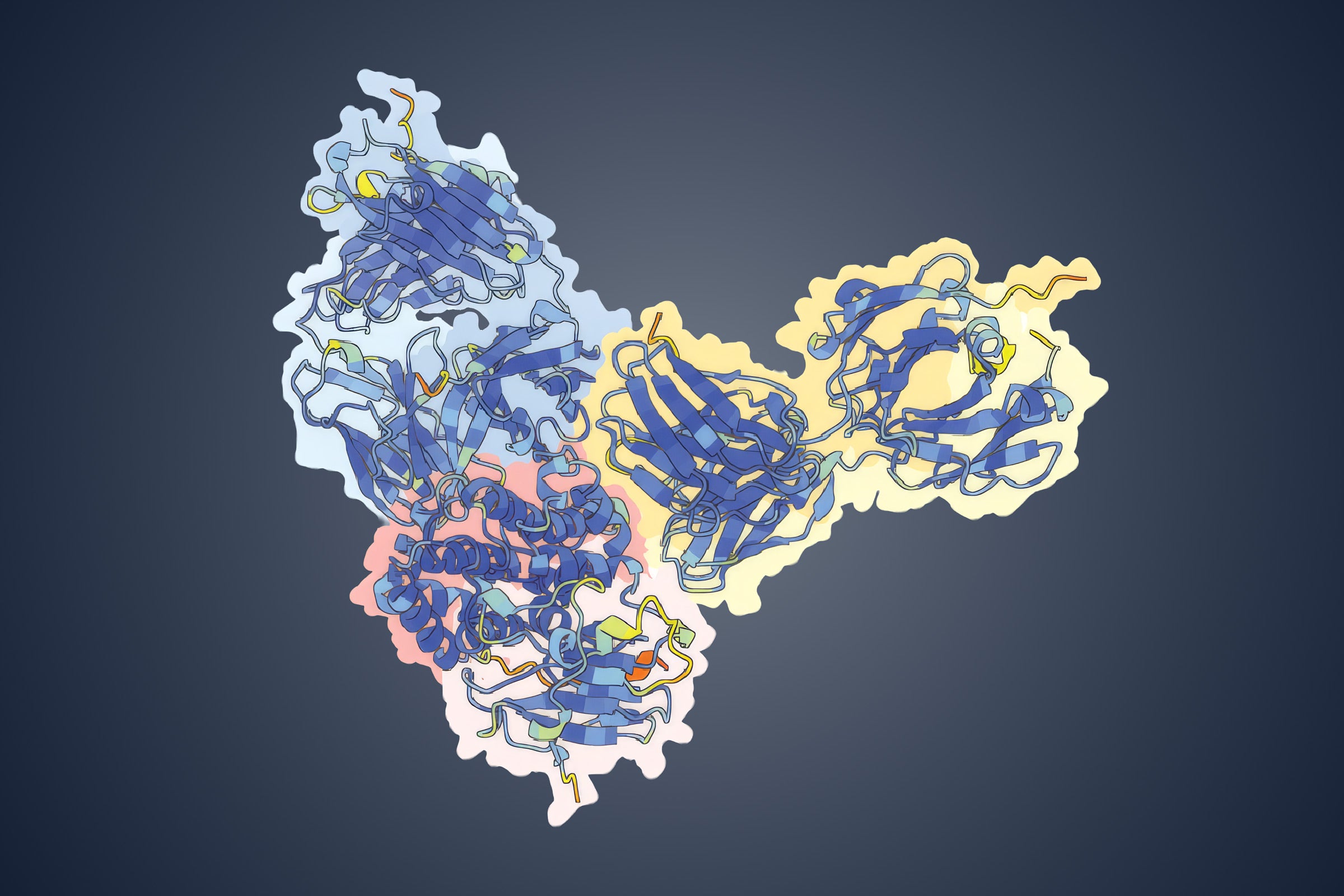Researchers Find Hidden Link Between Plants’ Growth and Immunity
A new study shows how plants balance growth and defense, offering insights for stronger, more resilient crops.

Microscopic imaging of stomata cells in plants. Courtesy of the Torii Lab/The University of Texas at Austin.
Biologists at The University of Texas at Austin and Texas A&M University, in collaboration with scientists in Japan, have uncovered a surprising connection between the way plants grow and how they defend themselves against pathogens and infections.
By providing insights into how plants regulate growth and immunity using the same core signaling components, the research could have significant implications for agriculture. Scientists and farmers are constantly seeking ways to develop crops that are high-yield and resistant to disease, but increasing one trait can often compromise the other. This new study suggests a possible path toward crops that can grow efficiently while maintaining strong defenses against pathogens using a newly discovered interplay between molecular pathways.
“It’s a very intricate balance,” said Keiko Torii, a professor of molecular biosciences at UT Austin and Howard Hughes Medical Investigator, corresponding author of the paper. “By learning about these processes, we may be able to determine how to increase growth without compromising defense and vice versa.”
The new study, on the cover of Science Advances this week, reveals a surprising way that plants maintain both growth and immunity, while using overlapping molecular pathways, that can be controlled for one or the other. The study identifies a small molecule called kC9, which interferes with plant growth signals. Specifically, kC9 blocks a protein that normally prevents excessive formation of stomata – tiny pores on plant leaves that regulate gas and moisture exchange, and which are studied by Torii, a leading world expert. Her team found, however, that when a plant detects a signature indicative of a bacterial invader, it activates its immune system using a bacterial signal that overrides kC9’s effects and prevents the overproduction of stomata.
“When a plant is healthy, growth signals dominate, but when a threat is detected, the immune system can take over the same molecular machinery to shut down unnecessary growth and focus on defense, and our study discovered that, with a small molecule, we can separate or merge these processes,” Torii said.
The research team next plans to explore how other environmental signals, such as drought or extreme temperatures, might interact with this shared pathway.
Arvid Herrmann, Krishna Mohan Sepuru and Pengfei Bai of UT Austin; Hitoshi Endo, Ayami Nakagawa, Asraa Ziadi, Hiroe Kato, Kenichiro Itami, Naoyuki Uchida, Shinya Hagihara and Ayato Sato of Nagoya University; Shuhei Kusano of RIKEN Center for Sustainable Resource Science, Japan; Jun Liu and Libo Shan of Texas A&M University; and Seisuke Kimura of Kyoto Sangyo University were also authors on the paper. The research was funded by MX Japan Society for the Promotion of Science, the National Institutes of Health, the National Science Foundation, the Howard Hughes Medical Institute and Deutsche Forschungsgemeinschaft.



